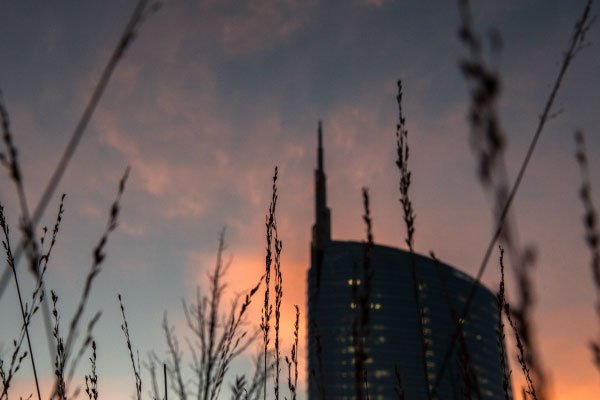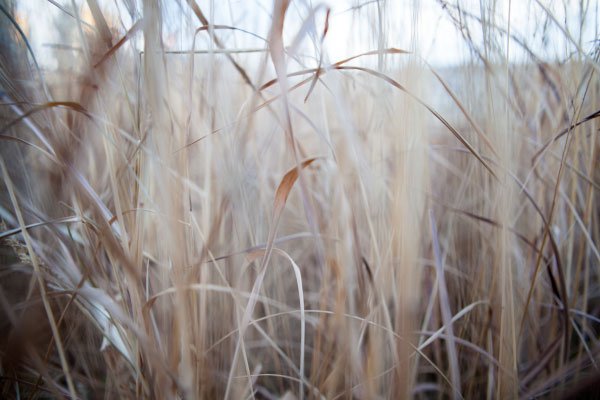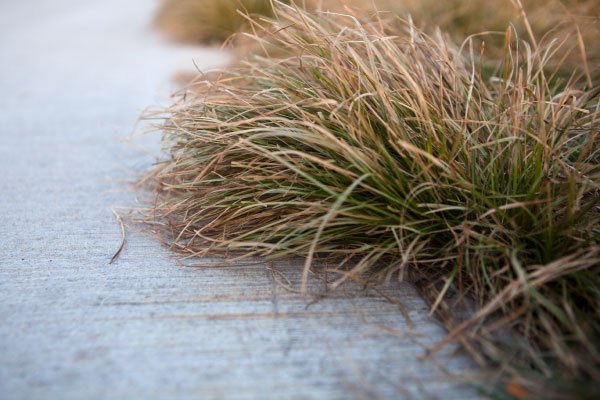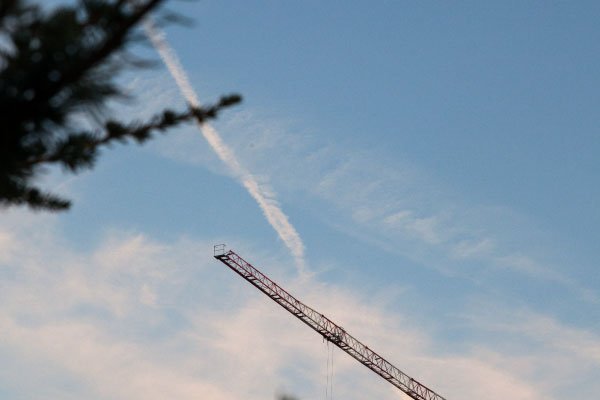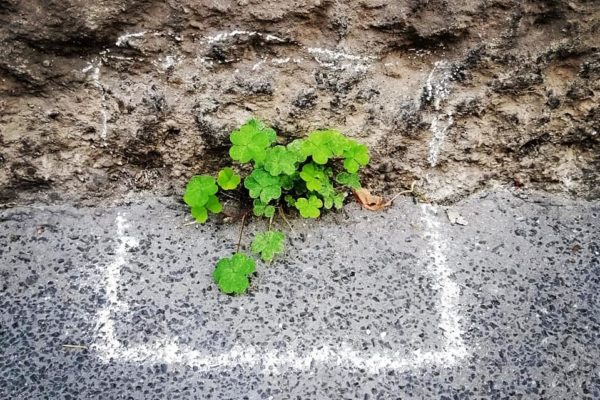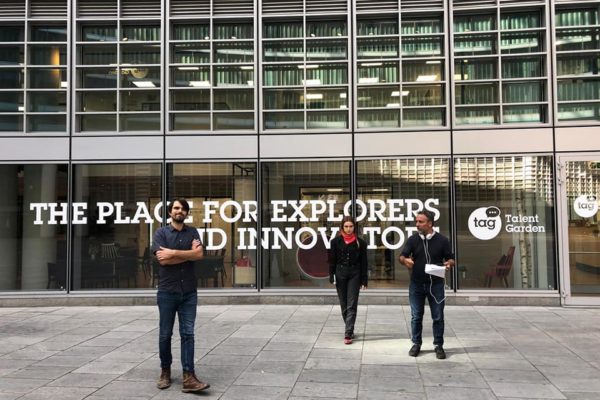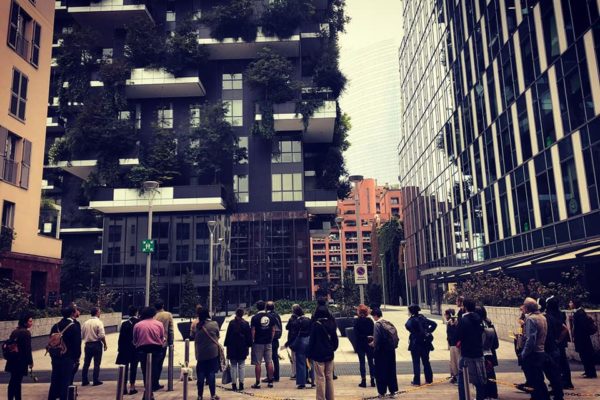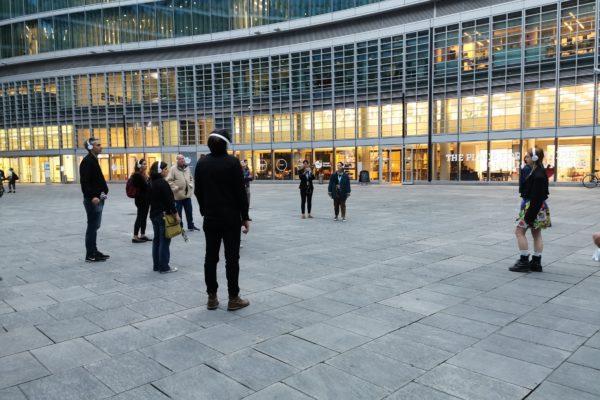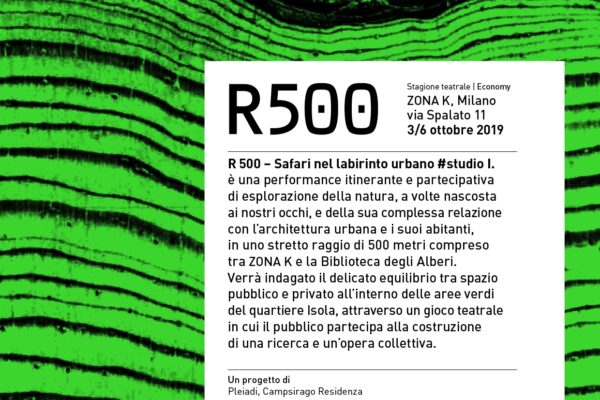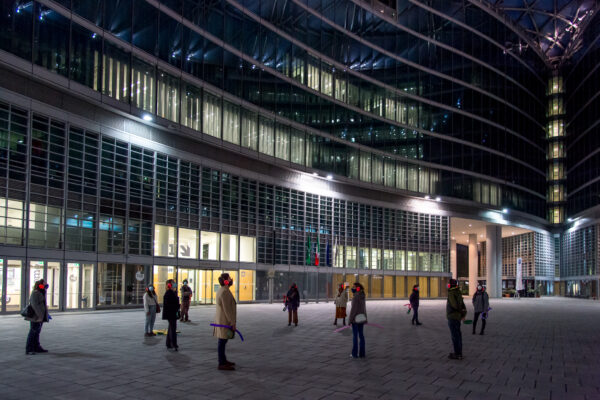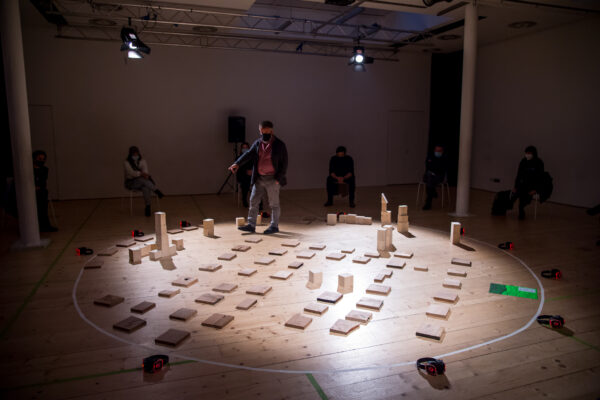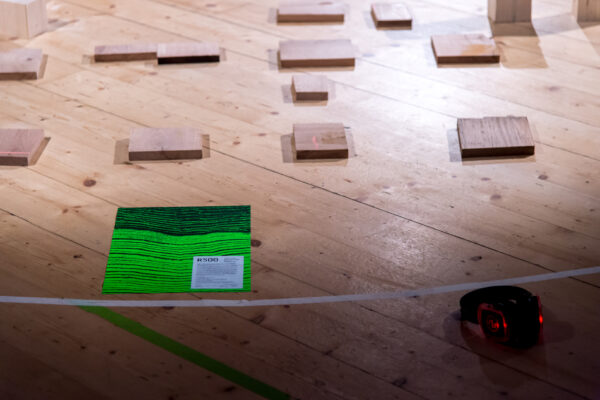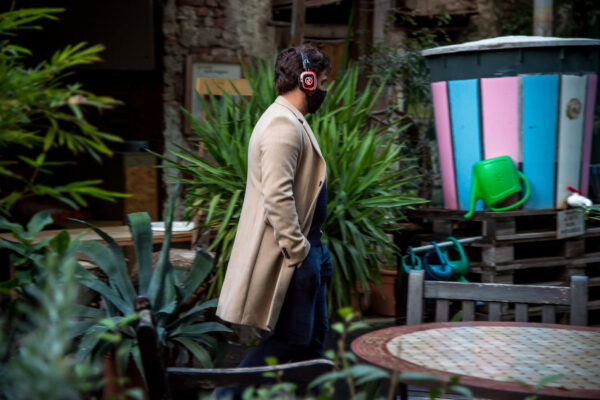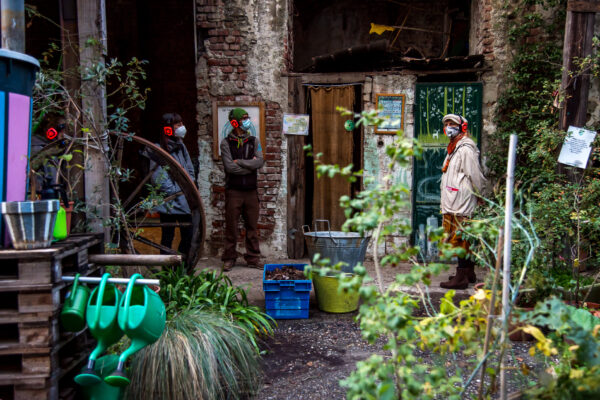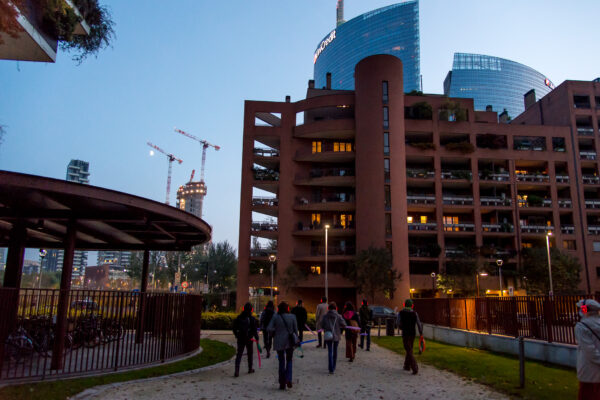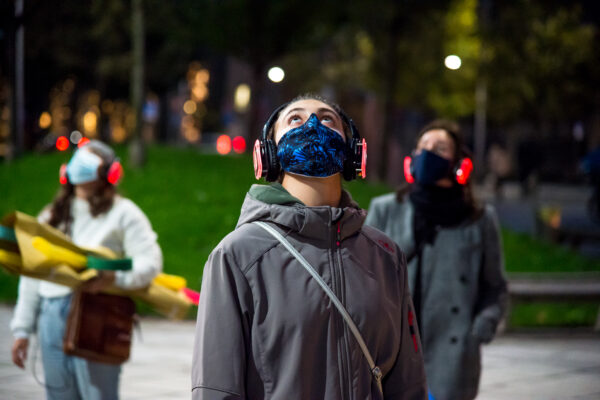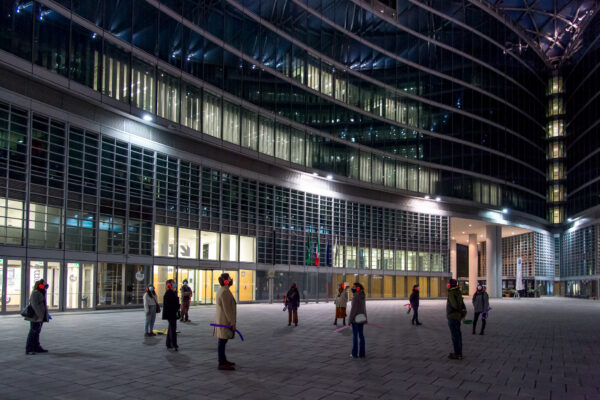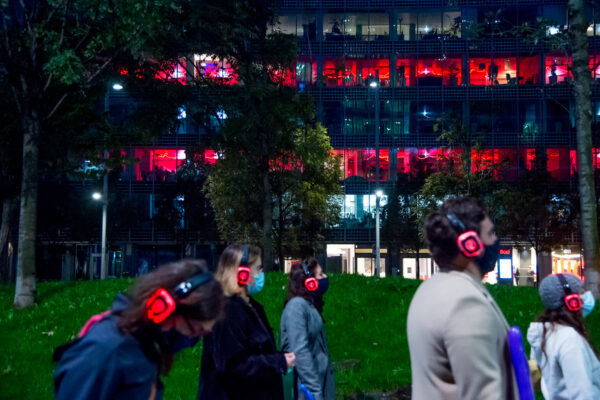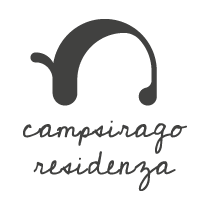𝑹 500 A safari in the urban labyrinth is an itinerant participative performance which leads the public in an exploration of nature in its complex and often hidden relationship with urban architecture and its inhabitants, all within the narrow confines of a 500 metre radius.
The origins of this performance are to be found in two residences of the Pleiadi collective at Zona K and also in the Dutch artist Sjoerd Wagenaar’s “Radius” format. This format is an artistic and scientific approach to the study of a restricted area of land. The Radius format pushes people to see the surrounding landscape in a new light by gaining knowledge of the environment. The artists collect resident’s stories, consult scientists, architects, biologists, “excavate” and map the area of land and present the results to the public in the form of a participative performance.
Performers, geographers, sound technicians, photographers, naturalists, botanists, ethologists, urban foraging experts, visual artists and musicians all breathe life into a multimedia exploration in which the public is actively called to participate.
Are human beings the only life forms entitled to rights? Or should the flora and fauna be included as well? What is public space? What is the meaning of freedom in a private space as opposed to a public space? What does collective responsibility mean? Is the flora free in an urban context? Can private property and sustainability be reconciled? What is the impact of urban architecture on the prospects of human beings? Is architecture a political matter? Is access to public green spaces somehow connected to social status? What kind of biodiversity can we expect in a metropolitan urban setting? Are green spaces for the rich? Are human the only life-forms entitled to rights? Or should the flora and fauna be included as well? How do we communicate with the natural environment that surrounds us? Which kinds of animals, such as birds, insects, dogs or cats, live in this area? Which kinds of plants? How can we collect, catalogue, and transform these information’s artistically? Can we create a map to represent all of this?
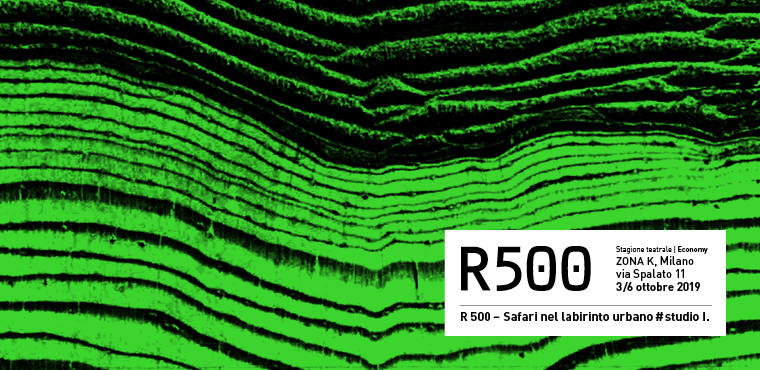
R500 – A safari in the urban labyrinth transforms all these questions into art. It places a round table at the centre of the of the journey. The discovery starts from here, from this gathering. The performance develops in three phases: the round table is the place where the accumulated knowledge and documentation is outlined. The research team will present the results of the scientific and sociological research, the archival materials, historical and contemporary photographs, videos, map analyses and audio documents.
The second part of the performance stems from this lecture. The public is accompanied through an exploratory, perceptual and sensory safari within the 500 metre radius. Artists, dancers, performers, visual artists, sound designers and experts lead the participants to a rediscovery of nature and the surrounding landscape. The new perspective they present will upend our point of view and our perceptions. This is a new way to experience the relation between wildness and the urban fabric, which is explored through theatre, dance, readings, audio installations, video mapping and street art.
The final destination is an enormous 1:50 scale map of the area. The participants, at the end of the itinerary, will be able to walk, discuss and reinvent this map with the artists.
R500 – A safari in the urban labyrinth invites the community to observe and listen to the world around us in a new and different way and to create maps which enable us to visualise and understand it more completely. This will enable us to to propose ways to transform our environment for the better. The intent of this performance is to move the public towards change and a greater environmental awareness by harnessing the interactions between science, art and community and measuring the impact of our system on the reality we live in.
DIRECTOR’S NOTES
Why should we analyse nature and its reaction to a highly built up environment? In the last few years the focal point of our work and our ethical considerations have been the relationship between humans and the wilderness, the respect for other species, both vegetable and animal, and the search for an environmental equilibrium between humans and our planet. We have developed a working method which gives meaning to our actions as artists and citizens. This working method is based on long periods of study and research on the relationship between the landscape and all those who inhabit it, whether human, animal or vegetable. To do this we call on the assistance of experts in disparate sectors, who can give us vastly different points of view on reality and hopefully give rise to suggestions which can become the sparks of change. Michele Losi
REVIEWS
“In the R500 performance, the costumes are simply the clothes we put on to go to the theatre, the scenery is the world around us, the music is the sounds of the city and the lights are natural illumination. […] During the walk, the actors guide the public’s attention to the chalk marks (placed during the preparation of the performance) which identify wild plants which abundantly populate the pavements. These and other details are usually forgotten as we hurriedly and indifferently walk along the city streets. The spectators are captivated by the tiny life-forms which live, breathe and try to emerge, without heeding the threats surrounding them. Then we raise our gaze and, with a new awareness, appreciate the space we are in, which takes on new and ever-changing meaning.
This is an experience which gives us the chance to feel a sense of being part of the environment and of public spaces.” Simone Muciaccia – Vulcanostatale

